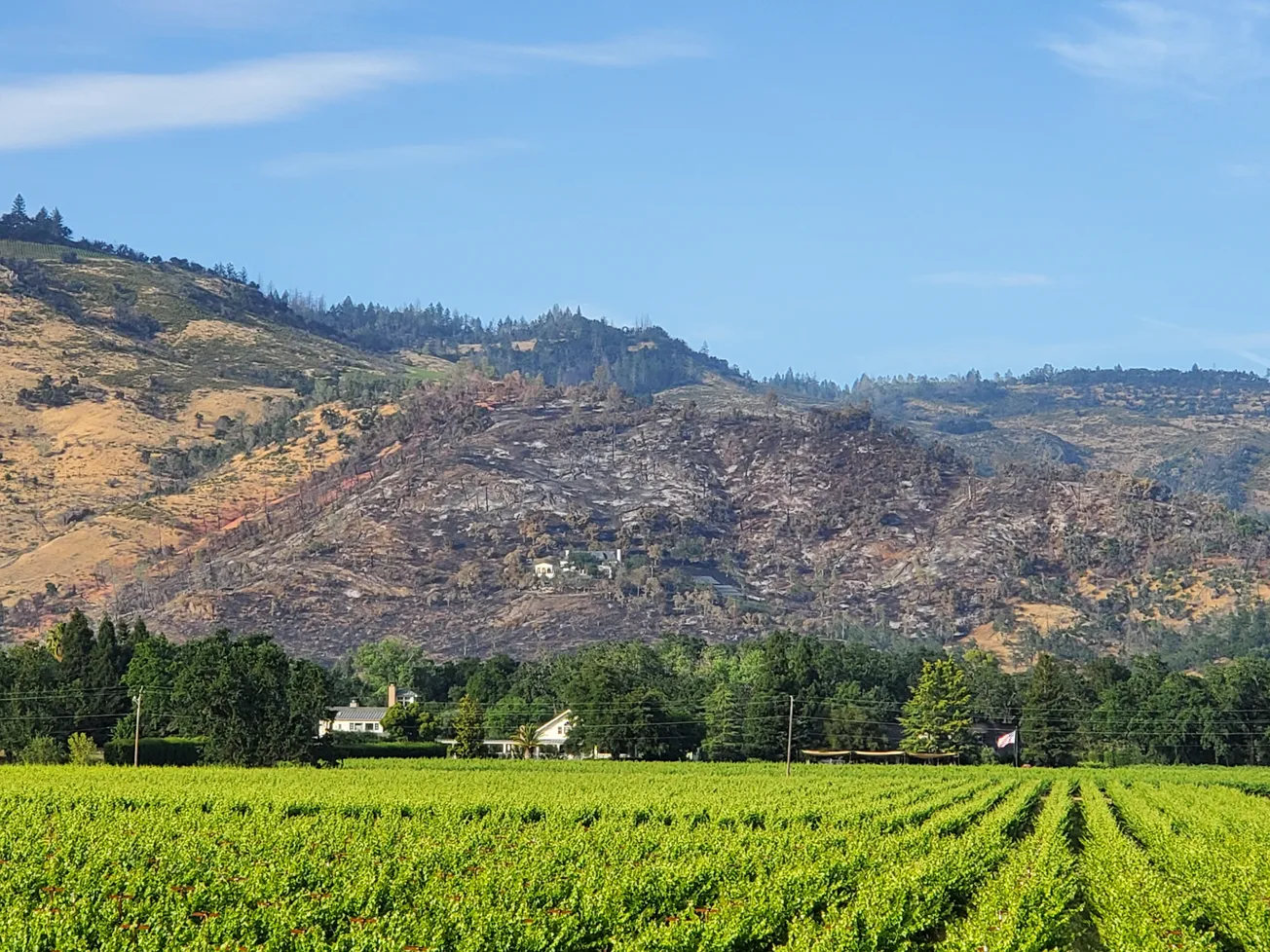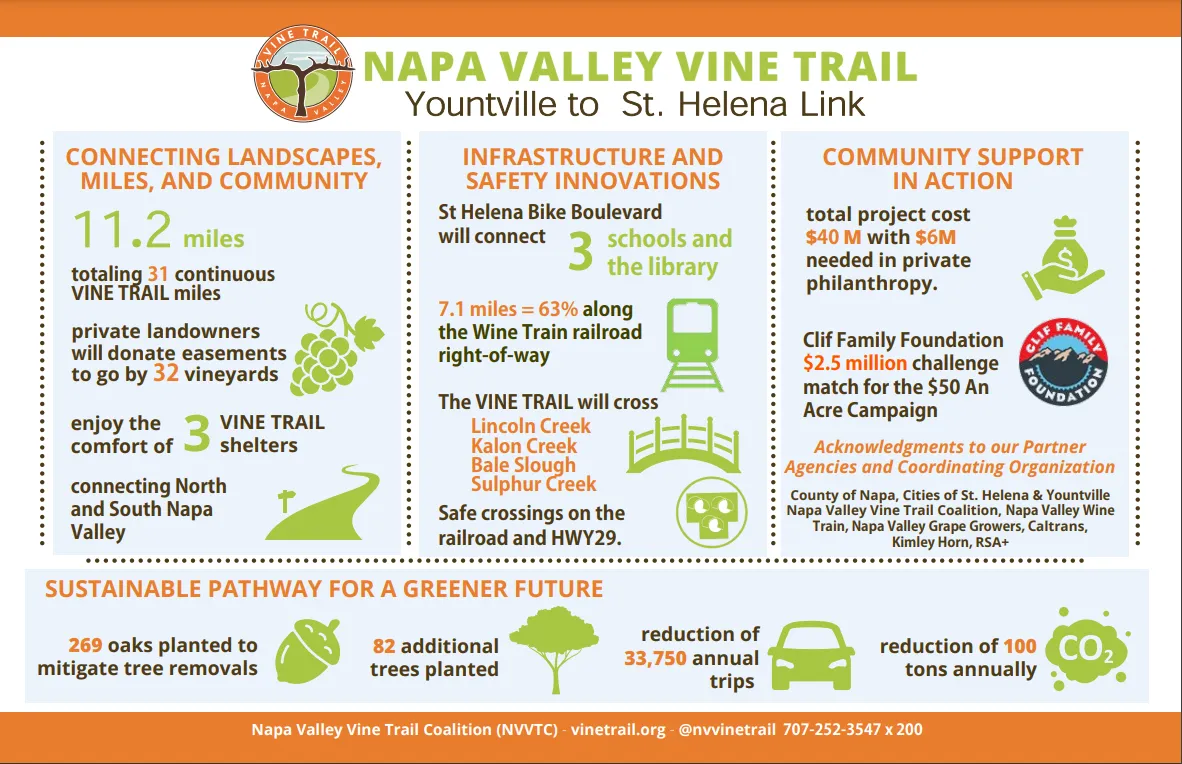With recent warming temperatures and dropping humidity levels, “fire season” seems to have arrived in the North Bay.
In the last two weeks, there has been an uptick in both large and small wildfires and vegetation fires.
In Napa County, the Crystal fire that started June 5 in the Deer Park area near St. Helena burned 60 acres before it was 100 percent contained three days later.
Sonoma County’s Point Fire broke out northwest of Healdsburg in rugged territory near Lake Sonoma on Sunday after the National Weather Service issued Red Flag Warnings for much of the North Bay. The blaze burned 1,207 acres and was 50 percent contained as of the Tribune’s Wednesday deadline, according to Cal Fire’s Sonoma-Lake-Napa Unit.
Further north on Monday, the Sites Fire broke out in Colusa County southeast of Stonyford and by Wednesday had burned 15,656 acres and was just 5 percent contained.
“All three significant fires for the year have occurred in the last two weeks.” said Erick Hernandez, Napa County deputy fire marshal and Cal Fire spokesperson.
Between 2017 and 2020, wildfires burned across more than half of Napa County land. Many Calistoga and Napa County residents recall mass evacuations from the October 2017 Tubbs and Atlas Peak Fires as well as the September 2020 Glass Fire. Combined, those fires burned more than 100,000 acres across multiple counties, destroyed more than 7,000 structures and killed dozens.
Since 2020, it had been relatively quiet in Napa County on the wildfire front. Whether the incursion of these late-spring blazes is an indication that the region should be bracing for a heavy fire season, Hernandez said it will depend on weather conditions for the remainder of the year.
“It’s early in the year, and right now as we're getting into the hotter months, we’re going into what we call ‘the heart of fire season,’” he said. “As we've seen, the weather has definitely changed drastically. With low humidity levels, hot and dry conditions and higher winds, things are a bit more prone to fire.”
Beginning this past Monday, a burn permit suspension issued by Cal Fire was in effect across six counties, including Napa. At Lake Berryessa, all burning, including the use of charcoal grills and fire pits, is also prohibited.
As summer and the Fourth of July holiday approach, Hernandez said, it is important for residents to remember that fireworks are banned across the county, including in unincorporated areas.
“One of the things that we need to remember is, we can't stop fires from happening – 95 percent of fires that are started are caused due to human error,” Hernandez said. “We always go back to trying to prevent fires from happening in the first place.”
Since the 2017 and 2020 fires, many agencies and organizations, including Cal Fire, Napa Communities Firewise Foundation, Cal Fire and Pacific Gas and Electric Co. and local jurisdictions and individuals have worked diligently to create defensible space and to mitigate fire risk through numerous programs that have increased fire safety resources.
“The whole point of doing fuel reduction projects is to change the fire behavior, and to create proper defensible space so that during the wildland fire, our crews have an opportunity to try and save a structure from burning,” said Hernandez.
Henry Wofford, Napa County Sheriff’s Office spokesperson, said a lot has changed since the last two evacuations. In 2018, the county’s Office of Emergency Services department implemented the use of a different frequency siren for emergencies. The so-called Hi-Lo sirens, which are commonly used in Europe, are intended to alert the public of imminent danger.
“It’s a distinct sound,” Wofford said of the emergency siren that law enforcement vehicles, including Calistoga Police cars, are now equipped with. “The saying goes, ‘“When you hear the Hi-Lo, it’s time to go.’”
Also, last spring, the county replaced the Nixle alert system with an updated early-warning messaging system called Alert Napa County that sends texts, email messages and push notifications, available in multiple languages, to disseminate emergency and evacuation information to the community.
Evacuations are spearheaded by law enforcement agencies, which work in tandem with fire and other agencies.
“As far as executing the evacuations, Napa County Sheriff's Office would knock door-to-door,” Wofford said. “We would then tag and record homes that have evacuated.”
One useful tactic that saves the officers time in evacuations, Wofford said, is for residents to keep an evacuation tag at their residence and put it on their door to self-report that they have evacuated.
“You can ask or request an evacuation tag be mailed for free,” said Wofford. “When you leave the home, you can tag it yourself. It helps us save time and it helps us save lives.”
To be prepared for emergency evacuations, Wofford said, it is best to always have a go-bag ready with a radio, medications, eyeglasses, pet food, keys, identification cards and other essentials like maps, snacks, water and hygiene products.
“Obviously, during evacuations, we work closely with fire agencies to determine the location, direction and speed of the fire,” he said. “Never drive towards smoke or fire. We always say to drive away from the fire.”
To sign up to receive Alert Napa notifications, text your zip code to 888-777 or visit: https://readynapacounty.org/214/ALERT-Napa-County.
Evacuation tags are free and can be picked up in many locations across the county, including at the Calistoga Police Department. To find out where you can pick up a tag, or to have one mailed to you, visit: https://www.countyofnapa.org/2654/Evacuation-Tags.








